
I’ve got a little insight and experience on this topic; and a Q&A post piqued my interest on touching on it again.
So….today we will go over Training Guidelines for Law Enforcement Officers.
I’ve trained countless Law Enforcement Officers (LEO) over the years, many of them from Special Operations Divisions, and they all have some commonalities which require a similar approach to training.
Law enforcement officers typically:
- Work shifts/ Have less than optimal sleep schedule
- Sit for long periods
- Need to go from long periods of inactivity to incredible bursts of energy, many times in high stress situations
- Make life or death decisions in an instant
- Carry a ton of gear
- Eat poorly
- Need flexibility improvements in some areas
- Need strengthening in other areas
Let’s look at these one by one:
Work Shifts/ Have less than optimal sleep schedule:
Shift work, meaning having an irregular schedule is brutal on the body.
Cops work a 4-12 one night, a 12-8 the next, then are up for court for 8 hours, and back to another weirdo shift the next day. LEO’s work some of the most bizarre schedules you’ll see in any workplace.
While this may be good for the administrators it is awful for them.
Working a soup sandwich of a schedule wreaks havoc on your sleep patterns and recovery.
It would be nice if the powers that be admitted this and changed the way they schedule. LEO’s need to be aware of these facts and do their best to make sure they are getting at least 7 hours of continuous sleep and making time to train.
Sit for long periods/Need to go from long periods of inactivity to incredible bursts of energy, many times in high stress situations:
Patrol officers ride in cruisers for most of their shift, and detectives ride a desk for a good portion of their shift.
Sitting is not good for us as you all know.
Sitting in your car and then jumping out and bursting into a full sprint to catch a scumbag that just robbed an old lady is probably not the best way to avoid injuries like pulled hamstrings and banged up knees.
This movement from a calm or condition Yellow state to full blown pursuit and possibly condition Red condition (see Cooper’s Color Codes for a full explanation) is also no bueno for you. It raises your Spidey Senses and makes them tingle, or in English, it increases fight or flight hormones more times per day than we should see.
This does nothing good for you, it also may be a contributing factor in the high rate of coronary issues we seen the LEO community.
Make life or death decisions in an instant:
This sort of ties into the above, but it is also its own topic. Cops need to execute high levels of judgement in the blink of an eye.
They need to be professional and calm even as all around them are in a panic or attacking them.
They are also almost crucified if they make a poor decision or go “too far” in the eyes of those who have never been trained in the use of force, but have big mouths.
Dealing with this type of stress and questioning of your judgement requires more than training, it requires restorative and relaxation techniques. Lots of you may dismiss this, but if you fail to manage your stress it will come back to you tenfold.
Carry a ton of gear:
Cops carry up to 10 pounds or more of gear on their belts (depending on the department) and much more if they are tactical officers.
How many of you put any thought into how that load is distributed on your belt?
Some departments are now adding suspenders into the duty gear and load displacers. The load displacer is an add on to the duty belt that distributes the load over a wider area, thereby making it more lower back friendly.
The suspenders just make sense.
Guys and girls, even the load on your belt out and use suspenders if you can. Also, try not to sit in the car with your duty weapon digging into your hip.
Slide over in the seat a little and keep your hips and spine aligned.
Eat poorly:
What’s for lunch? We’re heading to ______ (insert chain restaurant here).
I don’t need to give you a review on nutrition, do I?
Well I’m not going to, but I am going to give you some tips. I manage nutrition programs for a number of LEO’s from patrol to Tactical Operators.
Many of them tell me they simply work too much to meal prep, train, do laundry work and all the other things they need to do.
OK.
Here are some eating out tips:
- Breakfast: hit the local greasy spoon and order real food. Eggs, fruit, oatmeal. Not pancakes, cheese omelets and French toast.
- Lunch: again, find a locally owned place and ask them to make you some lean, grilled protein and grab a salad if they don’t have any non-lard encrusted starchy carbs. Grab some fruit at the convenience store too.
- Dinner: Same as above, or try a Chinese restaurant. In the Northeast you can’t swing a dead cat without seeing one. They are all also very accommodating if you ask for plain grilled chicken and rice with steamed vegetables.
You can make healthy choices while eating out. Don’t use your job as an excuse to eat like an asshole.
Need flexibility improvements in some areas:
LEO’s will typically need to improve flexibility/mobility in the hips and hamstrings, as well as upper back/shoulders.
Long periods of sitting and hunching over a computer in a car makes all of these areas just plain bad.
Desk work does the same.
Need strengthening in other areas:
I feel that LEO’s need to make a few areas nearly, pardon the pun, bullet proof.
They are the torso, ankles and knees, neck, grip.
Why you ask?
Really?
Did you ever wrestle with someone and then slam to the ground on concrete?
These officers do this stuff frequently.
They also run on odd surfaces and uneven surfaces as well as near curbs. The ankles and knees need to be strong(er) to avoid injury.
Explaining to you why the torso needs to be strong is a waste at this point.
You know.
If you don’t know, having abs and a lower back made of steel will help you win confrontations, make you more resistant to injury, make you more sexy like Vincent in a tight t-shirt.
Now that we’ve covered the most common and prevalent issues facing the boys and girls in blue, let’s review my opinions on the Training Guidelines for Law Enforcement Officers
LEO’s need to focus their training on:
- Overall Strength
- “Bodyweight” Strength
- Grip Strength
- Torso Strength
- Agility
- High Aerobic/Anaerobic Capacity
- Average/Above average Flexibility
- Legit Self Defense/Control Techniques
- Ground Game/Discreet Techniques
Again, let’s review one at a time.
Overall Strength:
This one is simple. You need to be strong. You need a high baseline strength level, or limit strength level.
You don’t need to be a powerlifter, but you’ve got to work hard at the basic barbell exercises like:
- Squats
- Presses
- Deadlifts
- Rows
- Bench Press
- Power Cleans (if you like)
The bad guys are training, especially while they are locked up. They are also younger than you.
You’ve got to be strong.
“Bodyweight” Strength:
This one may be argued by some who don’t like bodyweight movements in the powerlifting world. That’s ok. We aren’t powerlifters in this treatise.
Bodyweight strength is a term I just invented (I think), and it refers to being able to move your body, possibly for long periods of time. Think dips, pullups and pushups.
Being able to move your body, loaded with gear may save your life or someone else’s.
Being able to lift yourself out of harm’s way, or someone else again, may save your life.
Do your bodyweight work.
Grip Strength:
Possibly the most overlooked aspect of everyone’s training right here.
Remember TJ Hooker used to hang on the hood of a car almost every episode?
If he had a weak grip, the show would have been over in one season.
There are several types of grip strength and LEO‘s need a well-rounded grip.
Grip has three main components:
- Crushing: Think a bone shattering handshake
- Pinching: Think hands like pliers. Imagine picking up a pair of 45 lb. plates sandwiched between your fingers smooth side out, that’s pinch grip.
- Supporting: Think carrying something heavy, or stabilizing something. Farmers Walks are a god example of supporting grip.
LEO’s need massive grip strength for:
Controlling/apprehending a suspect
Handcuffing-don’t think so?
Try applying handcuffs to an uncooperative suspect. You better be stronger than them and have a vise like grip.
Trust me. I know.
Baton Control:
Just like a baseball player needs a good grip to control the bat, a cop needs a good grip to control the baton.
Maintaining control of/operating a firearm:
This should be 100% self-explanatory.
If it’s not, having a dead fish grip on your weapon can lead to injury in your arms, face (weapon going out of control after firing), malfunctions (many weapon malfunctions are related to limp wrist /grip), inability to fire accurately
Remember, it’s a gun. You’d better be able to fire it accurately and maintain control of it. Its a gun.
Torso Strength:
I touched on this in the section above, but to expand on it; a strong torso is needed in life, in sports and as a cop.
A strong torso makes you more resistant to injury.
It allows you to transfer more power into whatever you are doing.
Agility:
Again, this should be self-explanatory. If you trip over your own two feet you probably will not be of much value when the shit jumps off. And it jumps off.
Be like a ninja.
High Aerobic/Anaerobic Capacity:
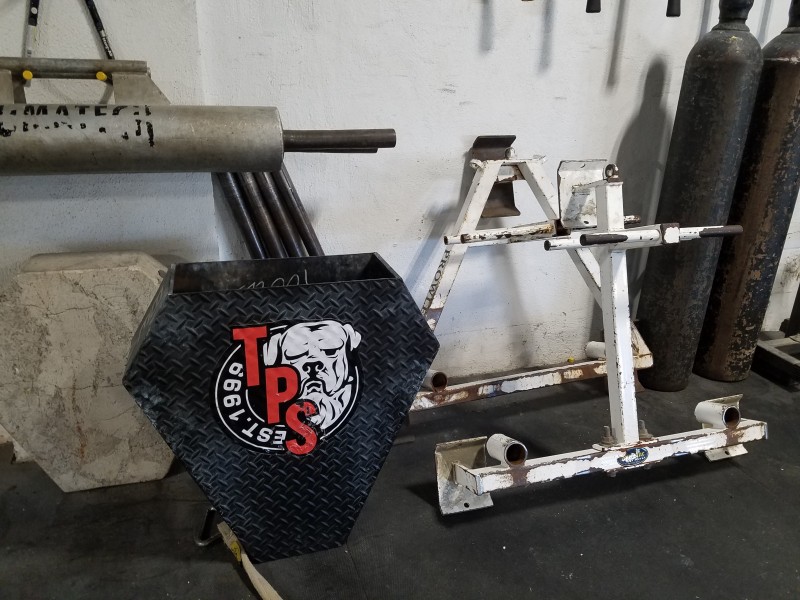
You gotta be in shape.
You may need to sprint after a suspect and then be in good enough shape to apprehend them.
Ever seen Cops or LivePD?
You’ll see cops chase a bad guy and then they are both gassed. Usually the bad guy is too tired to resist.
What if he is not?
Rule #1: make it home after every shift.
It doesn’t take an ounce of talent to be in shape.
Get in shape.
It may save your life.
It’s also good for your heart and your blood profile.
Average/Above average Flexibility:
Tight, inflexible muscles lead to injury. Usually at the worst possible times.
Like when rolling around on the ground with a meth head.
Don’t be that guy.
Legit Self Defense/Control Techniques/Ground Game/Discreet Techniques:
Sure, you are taught control/restraint techniques in the academy and in-service but I think you should up your game here.
- Learn to fight. You might have to.
- Learn some additional control techniques too. I can tell you, it will keep you from having to fight in many instances.
- Learn to fight standing up, learn to fight on the ground.
- Learn to fight in close, and learn to fight at a distance.
Of course you should use department authorized techniques, sometimes you can’t.
Life or death is life or death. I know this doesn’t happen all the time, but the chances of a cop being involved in a situation like this is far greater than the general public.
Rule #1: Make it home after each shift.
Learn some discreet control techniques. Cameras are everywhere.
Being able to control a suspect without looking like you are will save your ass.
For example, you have a suspect in custody and the crowd is filming you.
Because he is a professional scumbag, he starts to act up as they are filming you.
You can “A”: put a handcuffed suspect in a choke hold or thump him with a baton.
“B”: Use a discreet technique that no one can see such as a reverse double 90 lock, or a finger lock.
Believe you me, escorting an unruly scumbag in a finger lock will literally keep them on their toes and under control with no one being the wiser.
When searching for self-defense avoid traditional martial arts.
They are great for exercise and discipline but virtually useless for legit self-defense. Plus, if you rip a spinning hook kick like VanDamme on someone, you are probably facing charges.
(PS: the answer is B)
Look at uncommon arts and systems.
Some cool ones that have some applications are:
JKD, Arniss, Small Circle Jiu Jitsu and maybe a little Krav for conditioning and fun.
For the other stuff, learning some solid boxing (although I hope you never square up and box a suspect) and some BJJ for ground game can’t hurt.
Obviously, you won’t be rolling with someone, but if they get you on the ground and get on top of you, knowing some BJJ will make it much easier to get them off and on their back so you can restrain them in accordance with current training and procedure/policy.
So how do we put this all together?
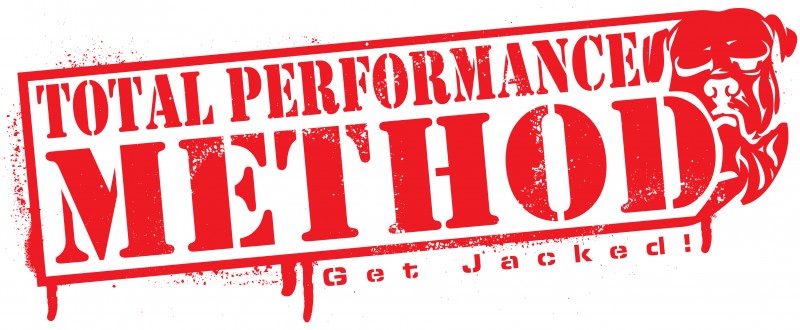
First, pick a solid barbell based strength program.
531 and the Total Performance Method are good options.
531 covers all of your bases from barbell to getting in shape in a brutally simple package.
The Total Performance Method covers limit strength, overall fitness, high levels of conditioning, flexibility/mobility and adds in some cool stuff to keep you interested like strongman.
Second, add in some odd object/strongman training if your program doesn’t have it. You don’t have to run with a 1000 pound Yoke to reap the benefits.
Just add in some odd object work as a medley, say carry a sandbag for 100 yards and then carry Farmers Walk handles back and then sprint with a Prowler for 100 yards.
Third: Address your flexibility and mobility each session.
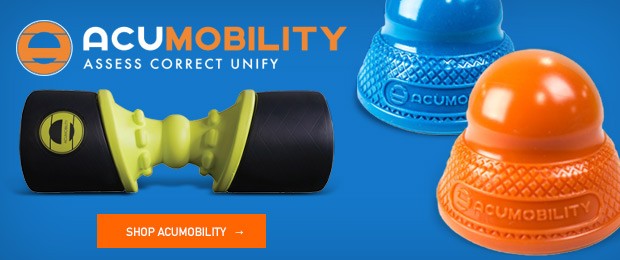
Stretch, learn RPR techniques, use mobility tools like the products from Acumobility.
Mobility changes from day to day. Spend 5 minutes on what is the most pressing area. It pays off.
Stretch those hip flexors and hamstrings.
Use a Shoulder Rok to keep your upper body moving properly.
Fourth: Add in Grip work.
Do some plate pinches one day, grippers the next, Rolling Thunder the next, do your pullups with a towel, carry farmers walks a lot.
Mix up the grip training and address each component at least once a week. Maybe more.
Having a strong grip is never a weakness.
Fifth: Work the shit out your abs and lower back.
Do a wide variety of torso work, and skip the bodybuilding stuff.
You are not a body builder.
You are a combat athlete.
Try some:
- 1 Arm Farmers Walks
- Alligators
- All kinds of planks
- All kinds of back raises
- Braced Holds
Alligators:
Sixth: Get your heart rate up:
Do some long slow distance cardio.
Do some high intensity killer shit.
Work both types on the regular.
Seventh: Be a Master of your Bodyweight:
Do all kinds of pullups, pushup, dip variations with weight for low reps and for lots of reps with no weight.
Trust me.
Eighth: Use Kettlebells
Yeah, a lot of people make fun of them, but kettlebells are AWESOME for conditioning, explosiveness, dynamic flexibility, building strength and more.
Learn a few solid kettlebell moves like:
- Swings-all types
- Snatches
- Clean and Jerks
- Push Presses
- Turkish Get Ups: maybe one of the best movement LEO's or anyone can do. They improve mobility and stability and they build strength all over.
Here you have a good basic outline on Training Guidelines for Law Enforcement Officers
I hope this sparks some interest in how to set up a solid program and keeps you safe.
AND:
Here’s a cool exercise to improve your bench positions.
The video is from yesterday’s training as I build my bench back one plate at a time.
I did some doubles in the Jack shirt and then moved on to board presses and finished with the second exercise in the video.
Timed Holds on the bench press using the Bandbell bar.
The timed holds can be done with a regular bar and bands, or as shown.
The idea is to lower the bar to about 1cm off the chest and hold for time, usually 10-20 seconds, then lift to the midpoint, hold and finally lockout.
At the hold positions, you should be doing everything required as hard as possible.
- Meet the bar
- Knees out
- Toes through shoes
- Ass squeezed
- Upper back squeezed
- And all the rest
It is much harder than it looks.
Give it a shot.
Oh, and….
TPS needs your vote.
We’ve been nominated on the Boston A List in three categories:
- Best Gym
- Best Personal Trainers
- Best Boot Camp
This is a popularity contest meaning most votes wins.
We are up against some BIG BOX gyms that have thousands of members and every vote counts.
If you like my logs and have a few minutes to spare, please give us a vote in one or all three categories.
The site is a bit confusing to vote on.
If you vote in one category, say Best Gym, you can go back to the Fitness category and click on the other ones, such as Best Personal Trainer and vote in all three.
VOTE HERE
Best Gym
Best Personal Trainer
Best Boot Camp
Ask me a question-Be sure and Type to Murph in the header
Find me on Google-search for Total Performance Sports Malden, Mass. The Best Gym in Boston, Facebook too.
Oh, yeah, follow us on Instagram too. TPSMalden
SHARE THIS!
#bostonsstrongest
Vincere vel mori









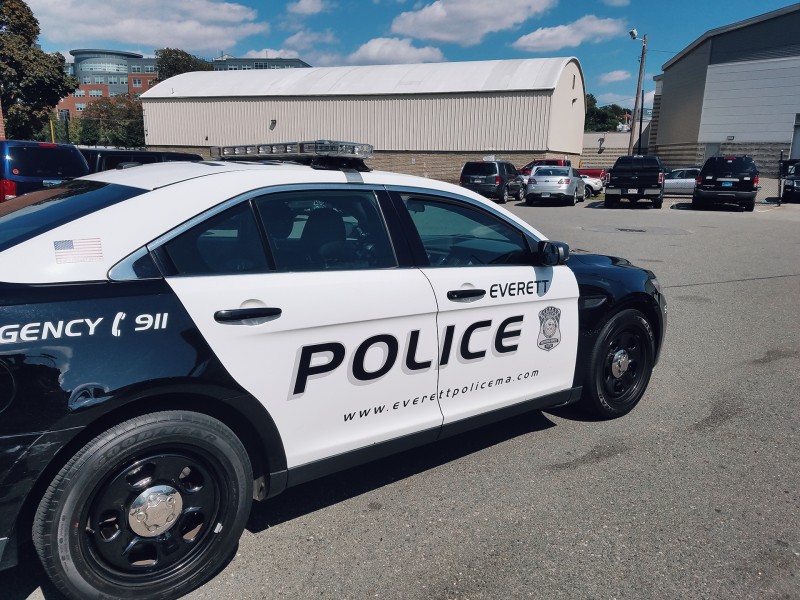
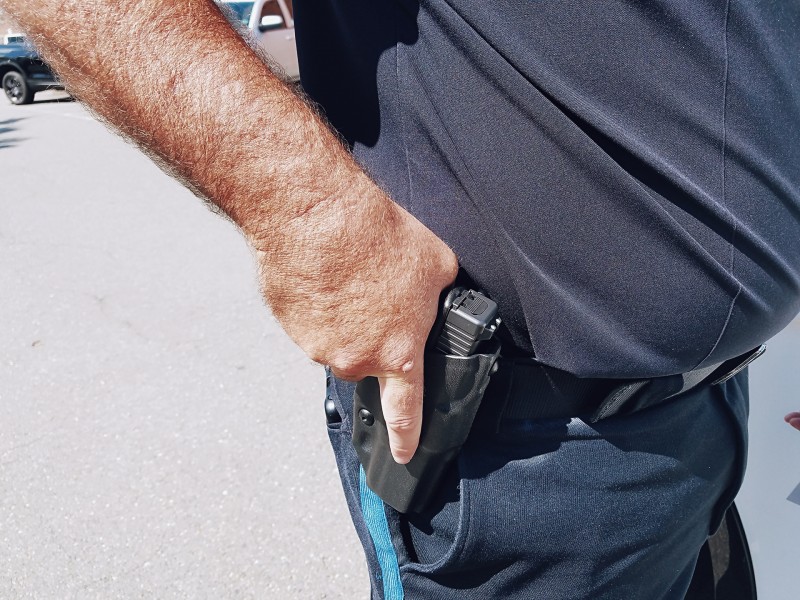

Vincere vel Mori